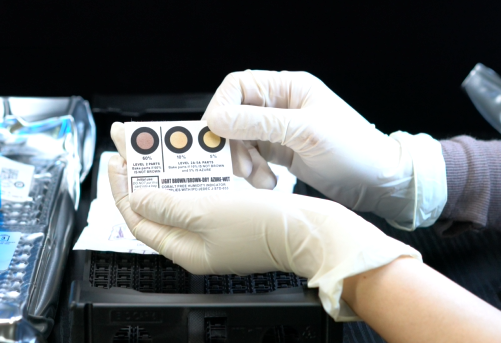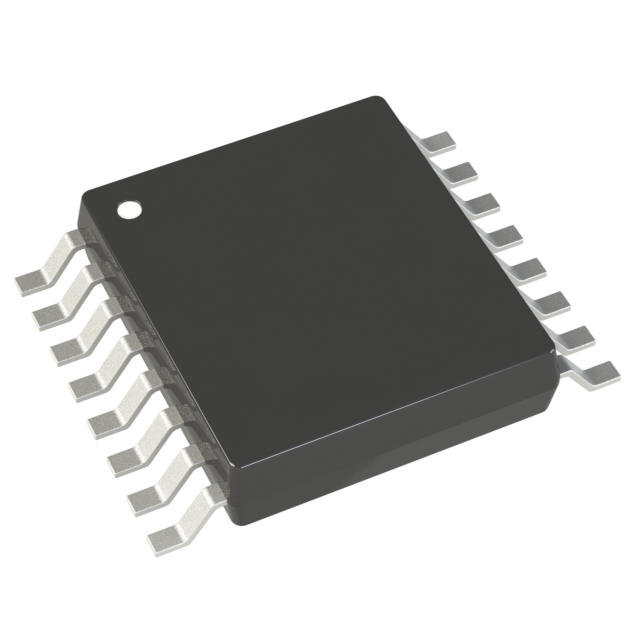-Original content, please do not reprint.
When your components get wet, if you perform reflow soldering and heating, the inside of the chip will slowly expand like bread in the oven. The expansion process will squeeze and damage the circuit, and the components may also produce invisible external effects. Internal cracks, the most serious case is the component bulging and bursting, also known as "popcorn".
Humid air
• When your components get wet, if you perform reflow soldering and heating, the inside of the chip will slowly expand like bread in the oven. The expansion process will squeeze and damage the circuit, and the components may also produce invisible external effects. Internal cracks, the most serious case is the component bulging and bursting, also known as "popcorn".
• According to statistics, more than one fourth of the world's industrially manufactured defective products are related to moisture hazards every year. The hazards of moisture have become one of the main factors in quality control of electronic products.

• In addition to the thermal damage caused by moisture penetrating into the interior of the component, moisture can also oxidize the pins of the component. Although the oxidation of the pins will not actually damage the internal circuit of the component and render it unusable, it can cause oxidation. Problems caused by fake soldering, such as blocked programming, short-circuiting of devices, and inability to operate, are also quite troublesome.
Tips for fighting the tide
• We can do these measures to protect our chips.Unpacked ICs, tube-packed ICs, etc. must be stored in a drying cabinet. The humidity in the drying cabinet is < 20% R.H.
• The displayed value should be less than 20% (blue); if >30% (red), it means the IC has absorbed moisture.SMT workshop environment temperature and humidity control.
• After baking, use it immediately for SMT production, or add an appropriate amount of desiccant and then seal the package and store it in a drying cabinet.
• After unpacking, the IC must complete the SMT soldering process within 48 hours.
• The number of ICs collected per shift cannot exceed the production usage of that shift.
• Unused IC components must be re-baked or dehumidified at room temperature in a drying cabinet to eliminate moisture absorption problems in IC components.
• Unused IC components must be re-baked or dehumidified at room temperature in a drying cabinet to eliminate moisture absorption problems in IC components.IPC-M-109, Moisture Sensitive Components Standards and Guidelines Manual, was developed and released based on joint research between the Electronic Industries Council (IPC) and the Electronic Components Soldering Engineering Council (JEDEC). For unpacked SMDs with moisture-proof packaging with a moisture sensitivity level of 2-4, if they are exposed to an environment less than or equal to 30°C/60%RH, place them in a normal temperature drying oven with a humidity of 10%RH. Exposure time x 5 times dehumidification storage time can restore the original workshop life. After unpacking the moisture-proof packaging with a moisture sensitivity level of 5-5a, SMD needs to undergo a dehumidification storage time x 10 times of the exposure time to restore its original workshop life.








